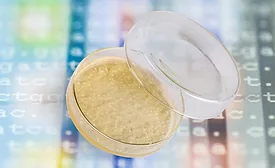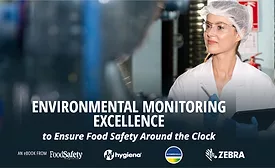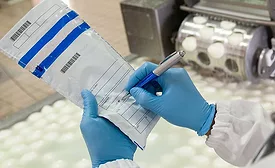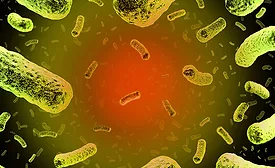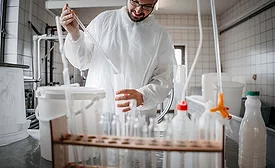Home » Keywords: » EMP
Items Tagged with 'EMP'
ARTICLES
Nuanced approaches are needed for industry, academia, and government to reduce contaminants in RTE foods
Read More
Sponsored Content
eBook | Environmental Monitoring Excellence: Ensuring Food Safety Around the Clock
December 9, 2024
Challenges for Evaluation of Your Environmental Monitoring Program
EMPs are not just documents to be written and forgotten, but living systems that require active management
August 8, 2024
Keeping Listeria on the Run: Implementing an Effective Monitoring Program
A good Listeria monitoring program enables knowledge of where Listeria can enter, harbor, and move through the facility
August 7, 2023
Determining Sanitation Effectiveness with a Robust Environmental Monitoring Program
A PEM program should test for a mix of indicator organisms and a mix of pathogens based on product susceptibility and risk
December 11, 2022
Never miss the latest news and trends driving the food safety industry
eNewsletter | Website | eMagazine
JOIN TODAY!Copyright ©2025. All Rights Reserved BNP Media.
Design, CMS, Hosting & Web Development :: ePublishing
